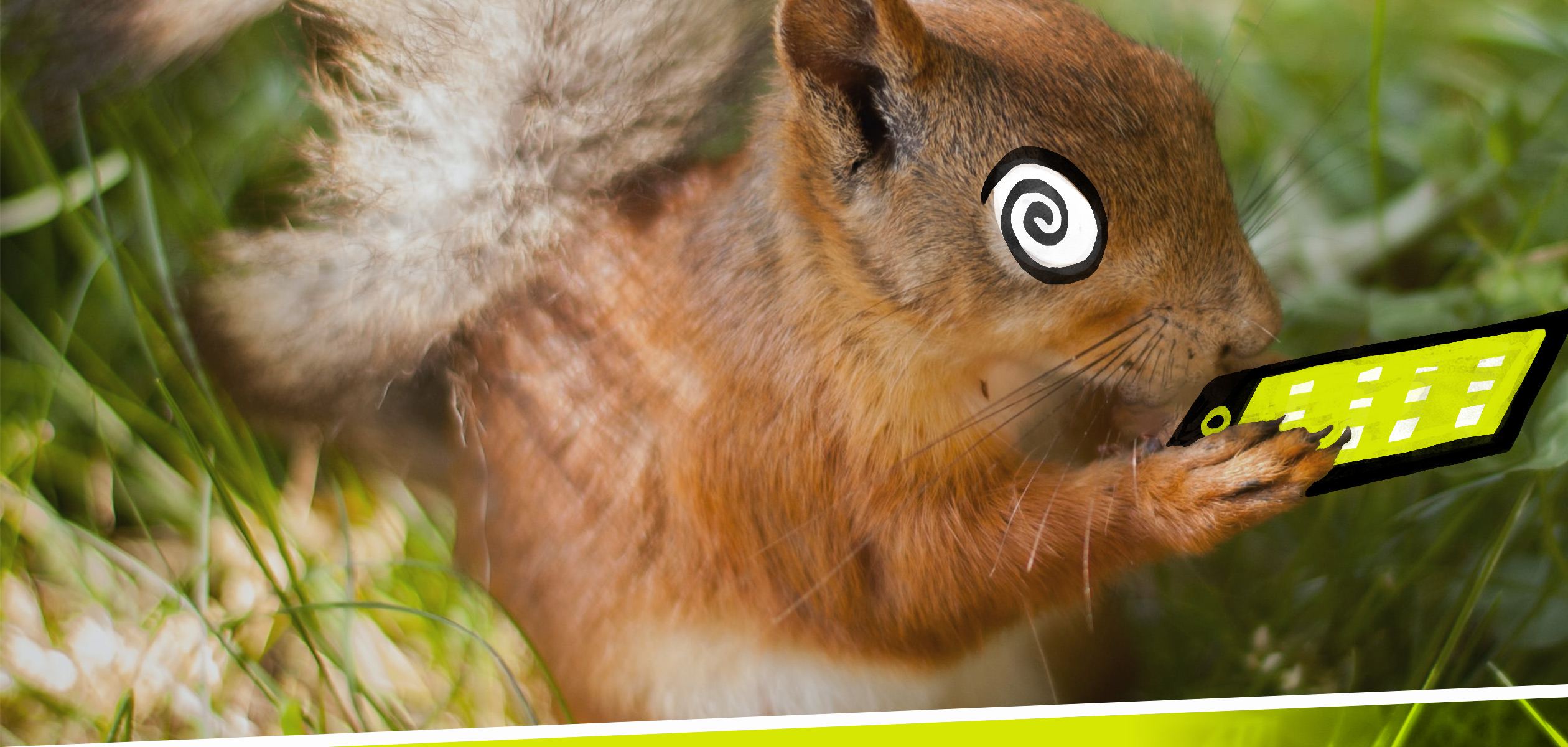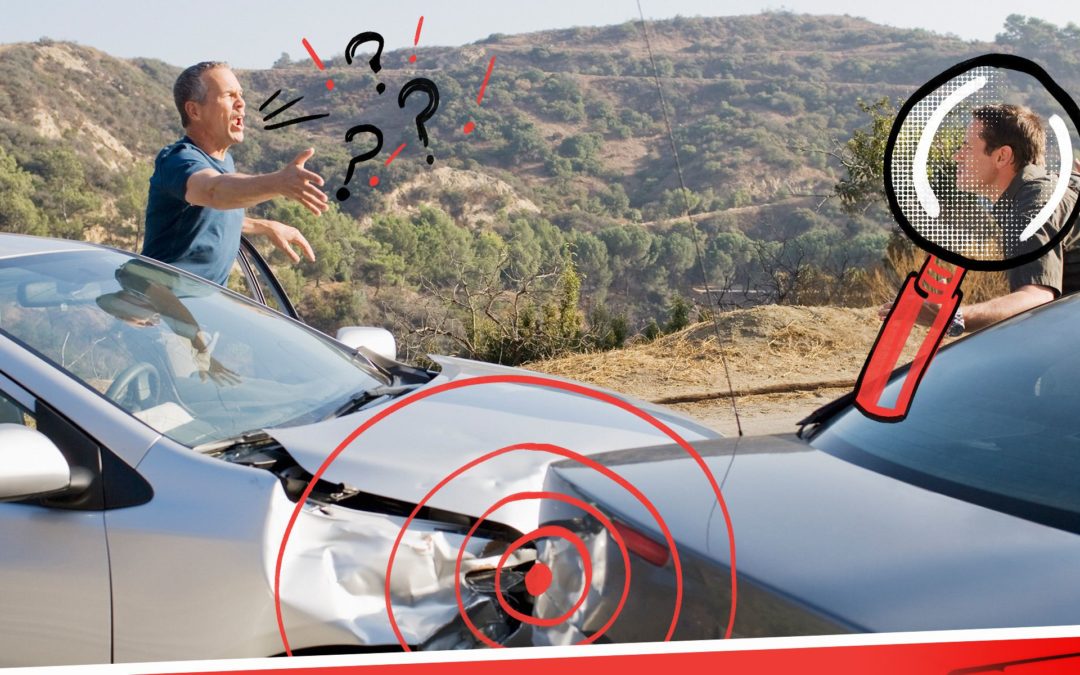How to Stop Checking Your Phone and Focus on Work
A note from Zac Cramer, founder of HowToBusiness.com: I am neither a neuroscientist nor a psychologist (and I don’t play either on TV), so the principles I discuss here are only those that are already well established and noncontroversial among field experts.
Before you start reading, I hope you’ll indulge me in a little favor. This article will take you about 8 minutes to read, and it’s full of good stuff. To focus on it fully — and to see these principles in action — please put your phone into airplane mode before you begin reading. Thank you!
The Origins of Your Brain
If you’ve ever left work for the day having done everything but the one thing you actually needed to do, you’re in a lot of good company. For almost every human on the planet, concentrating on a single task for a long period requires a Herculean effort.
In other words, we collectively suck at focusing. That isn’t necessarily news, but what might surprise you is that we’re supposed to suck at it. Contrary to popular belief, caving to distraction is not a #fail. In fact, it’s exactly what our brains are wired to do — shout SQUIRREL! and chase shiny objects.
It’s a feature, not a bug, as we say in the technology industry.
To begin to understand why, know that our current brain design is somewhere between 35,000 and 100,000 years old. When the brain in your head now — the one that loves karaoke and Facebook — was a new model, humans were squishy prey for sabertooth tigers.
We were a long way from metalworking, farming, or even forming complete sentences.
It’s hard to know how long early humans lived during this primitive era, but the best estimates I can find say that the average lifespan was 20–30 years. We don’t know much about their daily lives, either, but it’s nearly certain that their time was mostly focused on finding and storing food, regulating their body temperatures, and trying to stay off other animals’ lunch menus.
Why am I telling you all of this ancient history? Because the brain they used back then is the one we all still use today. It’s still running on Version 1.0 — we haven’t even had a patch update! And it’s the brain we’re stuck with, whether we’re mindlessly doomscrolling Twitter or trying to sit quietly and write a complicated new policy manual for waitstaff.
The Eyes Have It
The human brain actively and constantly scans for threats, and we’re wired to assume things are dangerous until we can verify otherwise. This is also a feature, not a bug, because we’ve gotten a lot further in life as a species by erring on the side of enemies vs. friends. (For example, you don’t die if you think you see a venomous snake but it’s really a branch. You do die if you get those reversed.)
How we see threats also matters. Our eyeballs look small from the outside, just little white spots on our faces. But on the inside, eyeballs are massive. The human eye is the size of a golf ball, and we have 2! They’re absolutely magical, too. They move more than 100,000 times a day as they constantly capture, interpret, and build data into the pictures we perceive in our heads.
What’s even more amazing is that the picture you see is actually a future projection, because it takes about half a second to gather data from your eyes and transmit it to your brain for collation and assembly. That’s an extremely short amount of time that might seem inconsequential at first, but half a second is often the difference between life and death, whether it’s a snake you’re about to step on or a car swerving into your lane.
Who knew we were all a half-second psychic? Turns out, it’s a lifesaving asset. It’s also how we amaze ourselves when, after the fact, we wonder how we knew to get out of the way so fast. Spoiler alert: Our brains gave us a little boost!
Finally, humans’ eyes are some of the best on the planet for seeing motion. A cat can see in the dark, but the human eye can see motion that is 7x smaller than what a cat sees. In fact, human eyes see motion, even tiny movements, far better than most other animals.
Here’s why: As a brain that still thinks of us as squishy prey without claws or powerful teeth or speed, the ability to see our attacker coming makes a huge difference in our ability to either prepare a defense or get the heck out of the way. To fight or flee, as it were.
This innate ability to perceive motion as a threat was a powerful advantage for humans back in the day. It’s still useful today, too, but it’s also a hindrance because we live in a world that never. stops. moving. More stimulation equals more threats that need to be investigated and cleared, and even though this instinct is ages old, it’s the No. 1 reason today that we have such a hard time focusing in environments that are visually or aurally busy. (Think about walking into Target for one thing you need and coming out with 10 things you don’t, or turning down the radio in the car when you aren’t sure where the next turn is.)
Wired to Win
The second part of the distraction equation is understanding how our brains yearn for achievement. This idea features a lot less interesting biology and instead rests on 1 little chemical — dopamine. Our brains release dopamine when we do something pleasurable, like eating good food or getting a round of applause for killing it at “Let It Go” during last night’s karaoke birthday party.
But it’s not just about fun and games. Our brains equate accomplishing goals with pleasure, too, and the dopamine released at those times has been really useful to our survival — if it didn’t feel good to accomplish goals, humans probably wouldn’t have made it this far.
The downside of dopamine is this: As much as we crave it, our bodies don’t release it on an even schedule or based on task difficulty. Responding to a text message with a piece of information a coworker needs, for example, feels about as good as focusing for an hour and completing a complex policy document. It may even feel better to respond to a coworker — the mundane task — if the info they want is your +1 for the holiday party vs. the policy you need to write that’s going to make people angry.
The Modern Distraction Problem
Fast-forward to modern day, and our primitive brains are having a hard time adjusting — especially when we’re all carrying around cell phones.
If you think the constant pings, dings, and rings that emanate from our phones evolved by accident, think again. The people who made Facebook, Gmail, The New York Times … they know our dirty little secret, and they’ve spent billions of dollars designing programs that purposefully use distraction to shout louder than their competitors, win our attention, and get rich off our complete inability to ignore something that flashes in the corner of our eye.
It can feel impossible to avoid these types of environments, and to be honest you may not even want to. In addition to the pings, dings, and badge notifications on our devices, our 21st-century surroundings also offer a nearly infinite supply of short-term dopamine sources that feel way better than doing hard work does.
Video games (designed to release dopamine on a regular schedule when you play), infinite food options (dopamine to go, please!), text message replies (so fast! so dopamine!), and getting to the “end” of our social media news feed (that feels so good, ahhh … more dopamine).
Meanwhile, that damn policy document is just sitting there, waiting to make people mad, and I know it’s due tomorrow but my lives were just refilled! … I’ll just play a few more levels … that’s better.
Overcoming Biology
The good news is, there’s hope for our frenzied, FOMO-ed, dopamine-addicted brains. We can fight back, and knowing the WHY — that we’re not “weak” or “undisciplined” or “unfocused,” we’re just humans with human brains — is a huge first step.
From here it gets a little harder, but these 3 strategies can help you rewire your distractible circuit board and actually get some work done.
Strategy #1: Push Back (or, Pull Yourself Away)
Change your phone apps from “push” to “pull.” For any program that includes notifications, the default setting is to PUSH notifications on us as soon as they are available. Defaults can always be changed, though, and you can switch to a PULL system to get rid of all those (literal) bells and whistles. It’s easy to do: Just go into the settings for each app and disable *all* visual and auditory notifications.
Turning off notifications doesn’t mean the content doesn’t show up, it just means that you’re in control of when you go looking for it. You decide when it’s time to check your email, or your texts, or whatever other apps you frequently use.
Strategy #2: Build Yourself a Burrow
Reduce visual distraction in your environment so you don’t constantly detect threats. Work in a room with a door that closes, away from windows facing a busy street, and tell your partner to please pretty please go away and stop walking around behind your monitor. Listen to music, but only deeply familiar music, or instrumental tracks, or songs in another language. Choose something that’s closer to white noise than the hot new Taylor Swift track.
Strategy #3: Work Hard, Play Harder
Set goals, make a note of achieving them, then reward yourself for a job well done. Here’s an example: “I can check Facebook if I finish this document.” Once you achieve this goal, celebrate it! Don’t just put down your laptop and pick up your phone. Say to yourself, in your head or out loud, “I accomplished my goal, so now I get this reward.” Throw yourself a little distraction party — you earned it.
Goals can be REALLY small. They might even feel trivial, but you know what they say about baby steps. In fact, even something as basic as “Finish this sentence” is a good starter goal if you’re struggling to focus. Just keep setting it, over and over: “Finish this sentence” and note every time you accomplish it. You’ll find you feel great at the end of 10 sentences, and that will spur you onward.
TL;DR Because I Was Doing 3 Things at Once
The products around you are designed to take advantage of your innate wiring to know what’s happening around you at all times. To beat them at their own game, you must understand how they’re trying to get your attention and take action to counter them. You won’t win with willpower (an extremely weak force) or “trying harder” (not really a thing). You can only win by kicking them out of your environment.
And maybe the best news of all is that the more you actively work against distractions, the better you get. I’m even willing to bet that you’ll like life better without all the squirrels.
Oh, and you can turn your phone back on now … if you still want to.
P.S. A quick note on failing at this, because we ALL fail at this sometimes. The forces arrayed against you are spending billions and billions of dollars to win your attention. So yes, you will have days where the YouTube algorithm sends you plummeting (happily) down a rabbit hole, and no, that does not make you a weak person. It just makes you a person. Instead of beating yourself up when the low moments win, consider how strong a force you’re resisting and be proud of the times you have won! Then review steps 1–3 above, commit, and get back to it. 🙂





Turning off notifications doesn’t mean the content doesn’t show up, it just means that you’re in control of when you go looking for it.